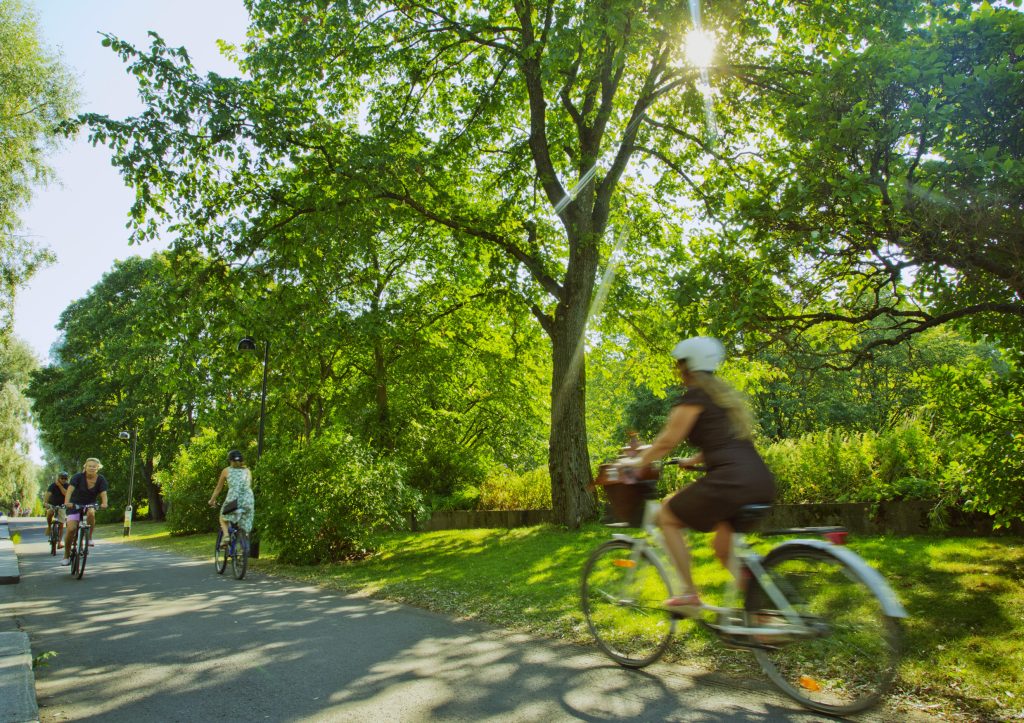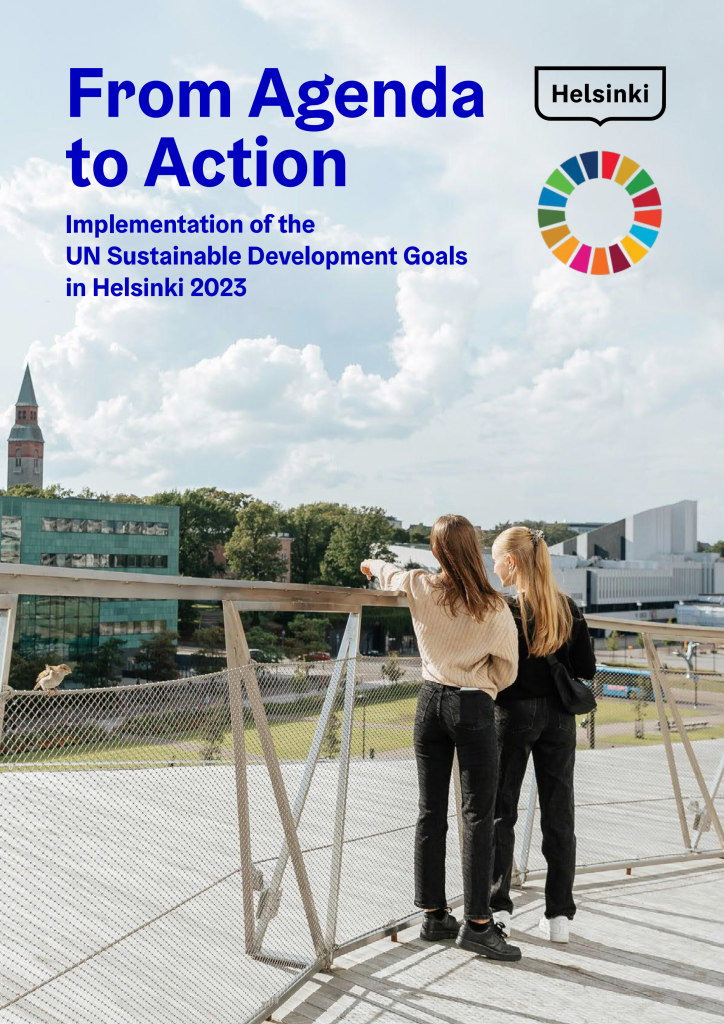The third Voluntary Local Review was published in spring 2023. The review examines the state of sustainable development in Helsinki, its indicators and the measures to promote it.
In the 2023 review, Helsinki’s sustainability was examined for the first time through four main themes: in addition to ecological, social and economic aspects, cultural sustainability was also assessed.
The review was part of the mid-term review of the City Strategy. The review was produced by an SDG working group of sustainability experts from the City, and as part of the review, the contents and indicators of the Sustainable Helsinki website were updated to be accurate.


